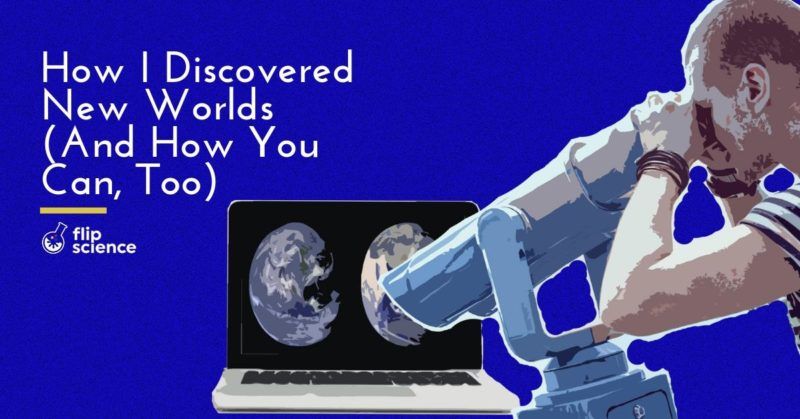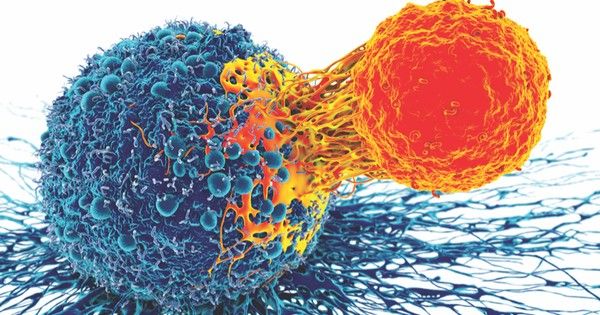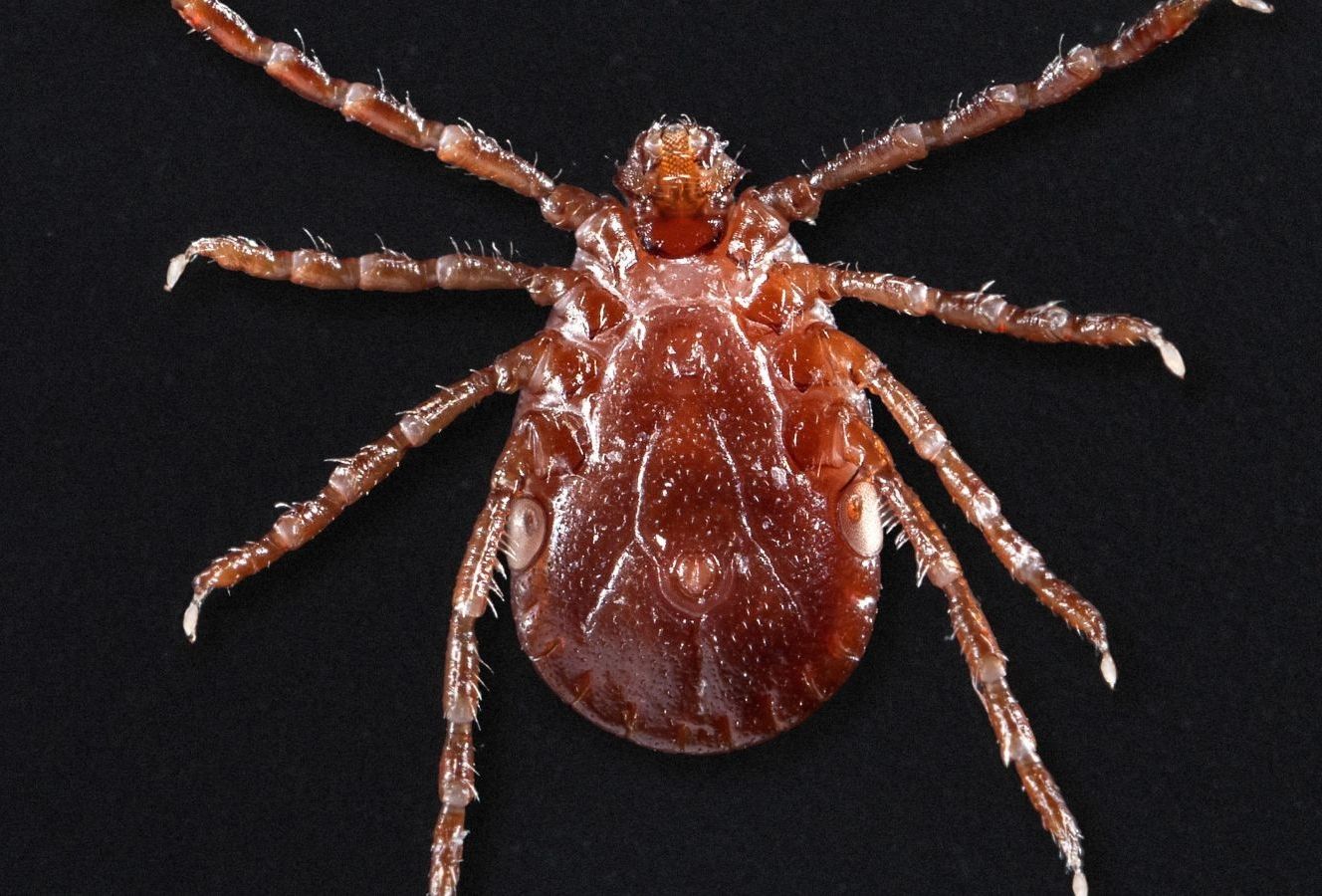Dec 13, 2018
Buzz Aldrin To Steph Curry: ‘Go Ask The Russians’ If We Landed On The Moon
Posted by Alberto Lao in category: space travel
Buzz to Steph Curry on the Moon landings: “Go ask the Russians…” Priceless. #buzzaldrin #Moon #NASA #MadhuThangavelu https://losangeles.cbslocal.com/2018/12/12/buzz-aldrin-steph…sBqDDiE-k4
LOS ANGELES (CBSLA) — The second man to walk on the moon doesn’t want to talk about NBA superstar Steph Curry’s theory that it never happened.
Former astronaut Buzz Aldrin, one of three men who took part in the Apollo 11 moon landing mission, was at USC Tuesday night to hear presentations by students on why the U.S. should attempt to return to the moon.
Continue reading “Buzz Aldrin To Steph Curry: ‘Go Ask The Russians’ If We Landed On The Moon” »

















